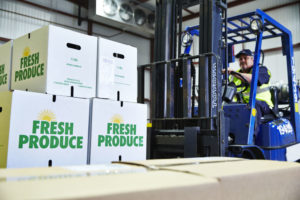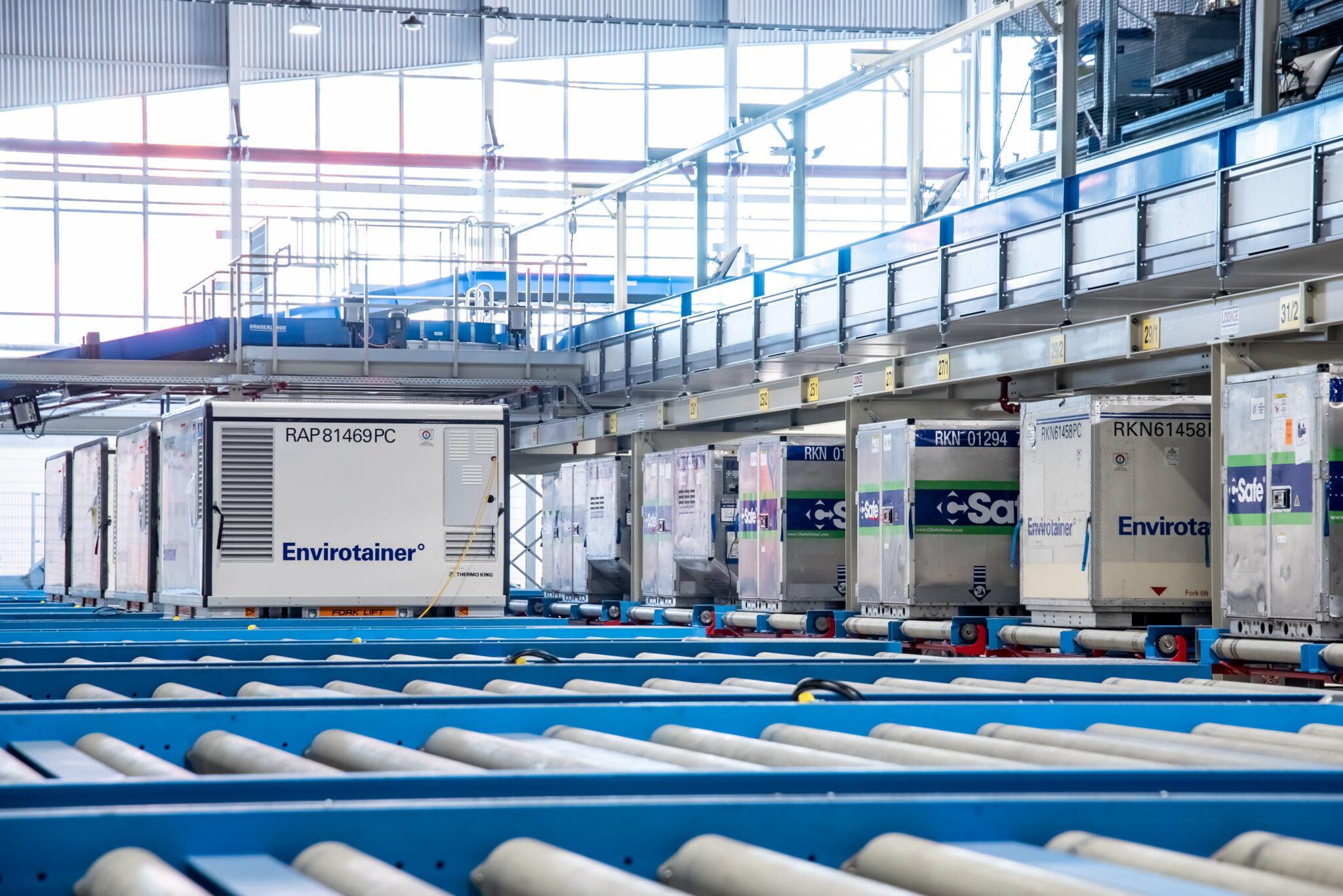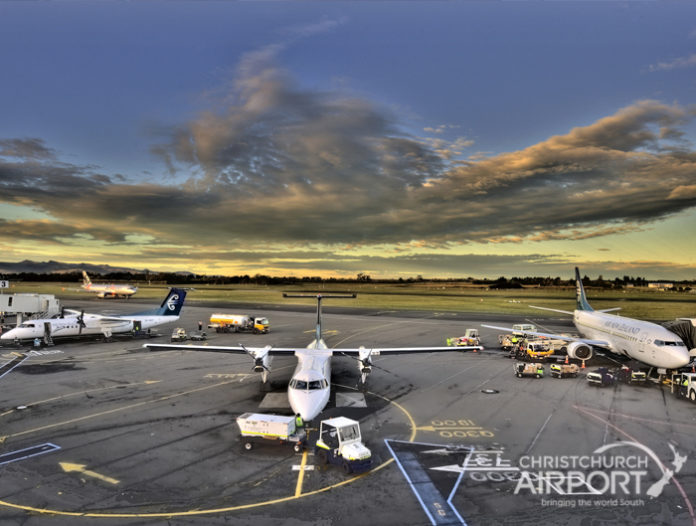

Trade officials at Christchurch Airport in New Zealand are forecasting a strong peak season this year as tonnage continues to grow.
The gateway handled more than 30,000 tonnes in the year ending 30 June 2017 – a five per cent rise on the previous 12 months, but in the last quarter tonnage was up 15 per cent, pointing to a strong peak.
Trade development manager for New Zealand, Gareth Williamson says the gateway is seeing a positive upward trend in air cargo, and figures suggest a “very strong upcoming export peak season in line with our ongoing aviation capacity growth”.
He notes cargo has been relatively flat for the past two to three years, and the lack of widebody capacity has “constrained” the freight industry. But Williamson says recent wins in the aeronautical area have allowed the airport to anchor its position as the gateway to and from the South Island.
“We are very optimistic about the short and medium term in terms of growth, and most importantly, working alongside industry to realise capacity wins which provide a tremendous economic multiplier for the South Island,” he adds.
At present, 10 carriers service Christchurch, providing a mix of wide and narrowbody capacity, along with five weekly Qantas Boeing freighter flights.
Belly services include a seven to 10 Singapore Airlines services a week, an Emirates daily A380 to Sydney and Dubai, five to seven times a week to Guangzhou with China Southern, China Airlines three times a week and Qantas flights into Australia.
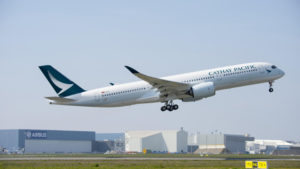

In December, Cathay Pacific launches thrice weekly flights direct to/from Hong Kong, using an Airbus A350-900, and the airport see great potential for freight uplift on this new service.
Williamson says the airport is working hard with existing airline partners to increase freight capacity and frequencies and constantly assessing future opportunities for growth.
He explains: “We expect the majority of freight uplift will come from belly capacity, as the export markets here in the South Island are extremely receptive to regular and constant freight capacity, which provides a consistent level of capacity and guaranteed market access.
“Christchurch is a perfect gateway for new generation aircraft such as the 787 and A350, as they have the right seating capacity for our market, as well as offering significant cargo opportunities.
“We occasionally have a specific demand for dedicated freighter movements, and this is a pleasing partnership between grower, airline and airport.”
A great example was the seasonal cherry uplift from Christchurch in January 2017 when Singapore Airlines operated 747 charters moved 300 tonnes for Chinese New Year celebrations.
Asia, Australia and North America are the key markets, but the majority of US traffic transits in Auckland and Sydney.
Williamson says perishables exports accounts for up to 75 per cent of cargo traffic and the South Island produces high quality meats, fruit and seafood. As for imports, the growth of e-commerce and high-tech manufacturing is driving an increase.
New Zealand lamb and beef are some of the best and plenty of the meats are flown from Christchurch while fresh salmon, lobster and other seafood is also in high demand.
Williamson notes several firms on site have cool chain facilities and as speed to market is essential, there are overnight road services, which feed produce such as salmon and chilled meats into the airport early in the morning for flights the same day.
Freight is important in network planning and he expects the majority of capacity growth will come from existing airline partners through upgauging, or frequency increases to existing services, while it also recognises the need to better feed products into the Auckland long-haul network, particularly to North America, and is looking at ways to increase uplift on this lane.
The biggest challenge is increasing widebody capacity to better serve the freight community. Williamson notes a 2013 report said there is an equal amount of airfreight demand from the South Island, which is unable to be lifted due to capacity constraints.
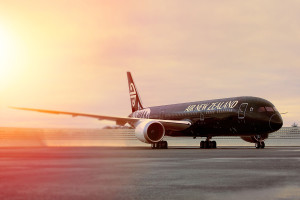

He adds: “While we have had a successful four years subsequent to that report, with China Southern, China Airlines, Cathay Pacific and seasonal Air NZ widebody services, the underlying theme remains true.
“We are working hard with our airline partners on a series of solutions which will allow us to export more and more top quality produce to global markets.
“We believe growth in value-added perishables, e-commerce, pharmaceuticals and high-tech manufacturing is reason to be very optimistic about stable and ongoing increases in our volumes.”





